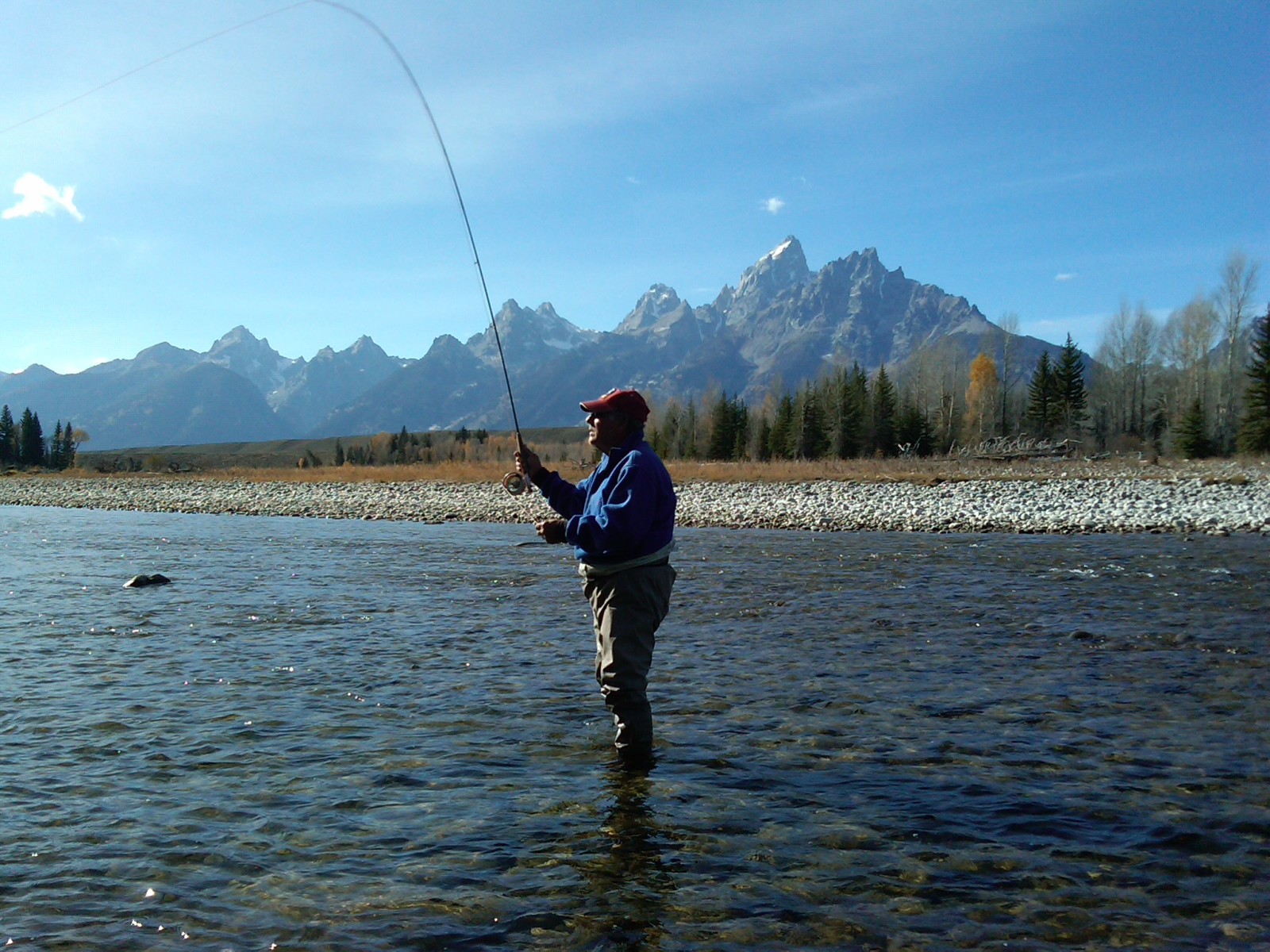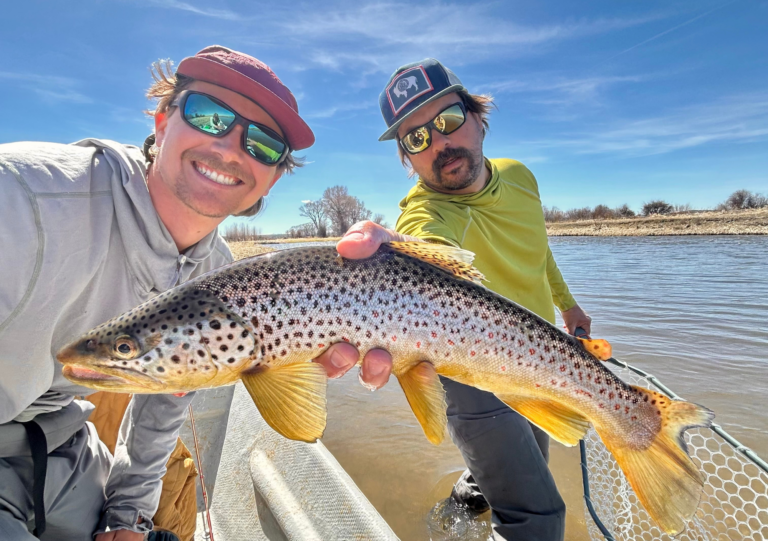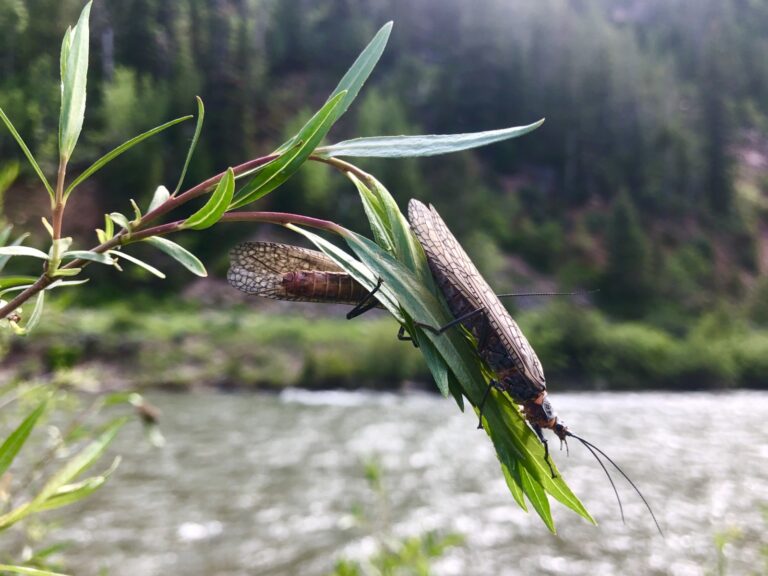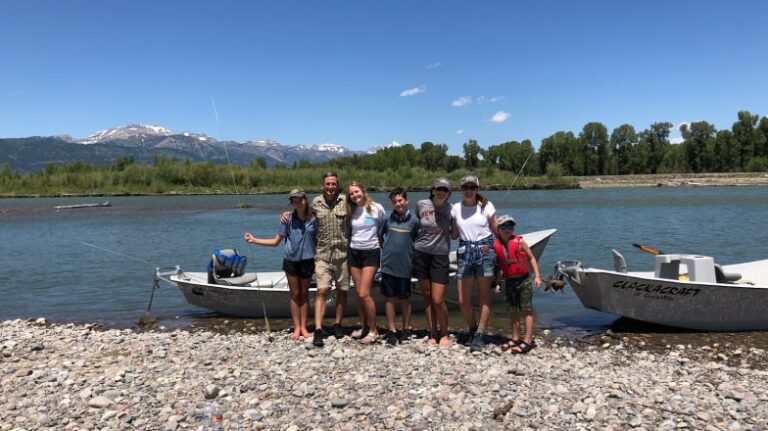The art of fly fishing has captivated anglers for centuries, drawing them to rivers and streams in pursuit of the elusive catch. One such river that has played a significant role in the evolution of fly fishing is the mighty Snake River. Flowing through the stunning landscapes of the Western United States, the Snake River holds a treasure trove of history, tales, and techniques that have shaped the sport. Join us as we dive into the captivating history of fly fishing on the Snake River, tracing its roots and celebrating its enduring legacy.
The Origin of Fly Fishing on the Snake River
The history of fly fishing dates to the early 19th century when European trappers and explorers ventured westward. These intrepid individuals sought solace in the bountiful waters of the Snake River, adopting the indigenous fishing techniques of the Shoshone and Bannock tribes. The art of fly fishing, as it was known in Europe, slowly found its way to these western shores, thanks to the influence of these early adventurers.
By the mid-1800s, fly fishing gained momentum among the affluent elite of the eastern United States. Eager to embrace the sport, many wealthy anglers journeyed West to the Snake River region, captivated by the promise of unspoiled fishing grounds and untamed wilderness.
Evolution of Fly Fishing Techniques
As the 20th century dawned, fly fishing on the Snake River witnessed significant technological advancements. Early fly rods, crafted from bamboo, were gradually replaced by lighter and more versatile materials like fiberglass and graphite. These innovations not only made fly fishing more enjoyable but also contributed to greater angling success.
Moreover, fly patterns underwent a transformation, reflecting the river’s diverse insect life. Pioneering fly tiers, such as Dan Bailey and Lee Wulff, developed iconic patterns like the Adams, the Elk Hair Caddis, and the Humpy, which continue to entice trout in the Snake River to this day.
Conservation Efforts
Fly fishing’s growing popularity on the Snake River inevitably led to concerns about the impact of human activity on the delicate ecosystem. In the early 20th century, conservation movements gained traction, spearheaded by influential figures like Theodore Roosevelt. Their efforts led to the establishment of national parks and protected areas, preserving the river’s beauty, and ensuring its sustainability for future generations.
Organizations like Trout Unlimited and the Snake River Fund have played pivotal roles in protecting the river’s ecosystem, advocating for responsible angling practices, and spearheading habitat restoration initiatives. Their tireless efforts have contributed significantly to the health of the Snake River’s fish populations and the preservation of its natural beauty.
Fishing Evolution on the Snake
Fly fishing on the Snake River in Wyoming has evolved from humble beginnings into an art form celebrated by enthusiasts worldwide. Its rich history, encompassing the origin of fly fishing, its evolution, and its conservation efforts, underscores the enduring appeal of this remarkable sport. As we continue to cherish the Snake River’s beauty and bountiful fish populations, we must remain committed to preserving its delicate ecosystem, ensuring that future generations can partake in the joys of fly fishing in this iconic location. So, whether you’re an experienced angler seeking a new challenge or a beginner, eager to cast your first fly, the Snake River promises an unforgettable angling adventure like no other.
Don’t forget to reach out and book your Jackson Hole fly fishing trip on the Snake River with The Wandering Angler!








